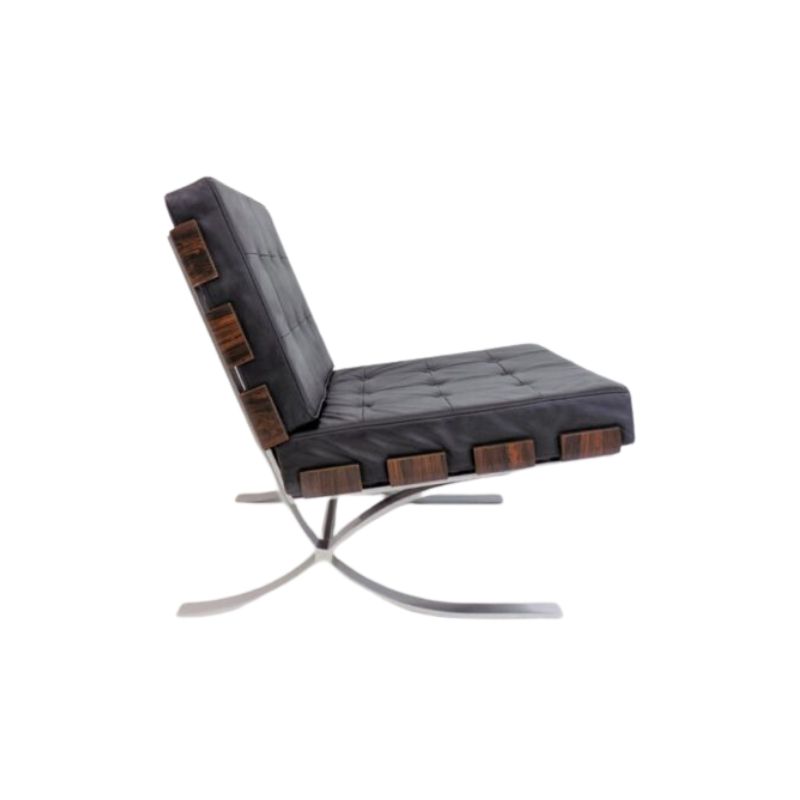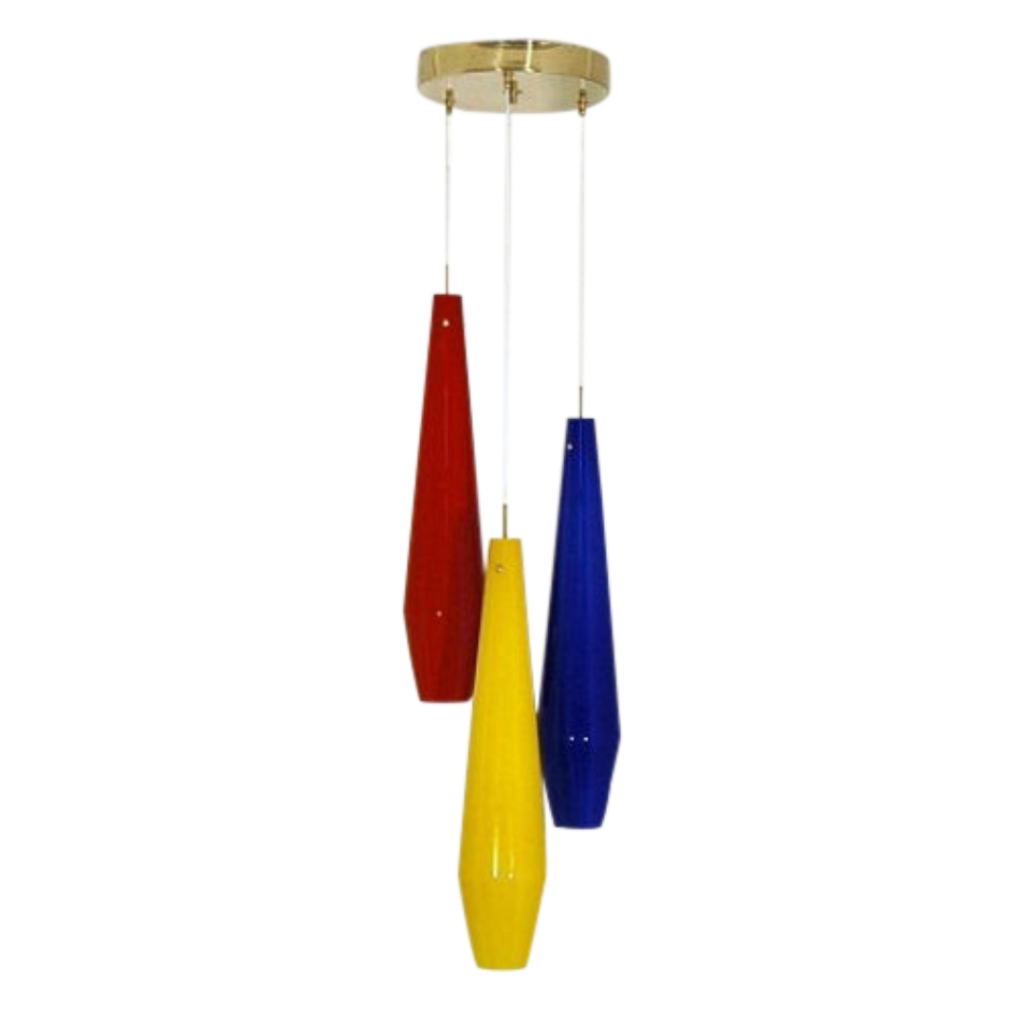Do you know the production year? I too have recently acquired a set of Niels Moller chairs (Model 78). I know they are Brazilian rosewood, because the veining is distinctly black, and the chairs were produced in 1962/3. From what I know, Brazilian rosewood was only used in Denmark until 1970, when it became rare and too expensive. Post-1970 rosewood used in Danish furniture would be Indian, and not have the distinctive black veins of its Brazilian counterpart. Your chairs look beautiful and in excellent condition, especially since they've been cleaned and oiled. The colour certainly looks more rosewood (and probably Indian) than teak to me. What a glorious purchase.
Hey @KatieBH,
I'm not entirely certain about the production year but I can say that the manufacturer mark and danish control are are medallions that have been indented into the seat (photo attached for reference). As far as I know from my research, seems like this is indicative of the chairs being of the 1960s production years? Please correct me if I'm wrong!
Hello again. I have the identical stickers on my chairs too. I know the production period of my grandparent's chairs because they were purchased to go into a brand new apartment they moved to in the early 60s in London, and were supplied by my great-uncle, who was a furniture dealer. I googled the Model 78 years ago, and all the information confirmed that they were indeed of that period, and made of Brazilian rosewood. I also know that this model was produced in teak, but probably only from the late 60s.
I would suggest you persist with your internet research into your model of chair. You will eventually be able to date them. In terms of the wood, look closely at the veining. If it is truly black, then I would hazard a guess that they're also Brazilian rosewood, and hence that would mean that they're pre-1970. Have a look at the photos on my own post on this forum from 4 days ago.
I think it was actually another thread on this forum where someone mentioned this:
"The earlier mark (roughly during the 1960s) is a medallion, and sometimes a JLM ink stamp also. And even earlier than that (roughtly during the 1950s) Møller pieces tended not to be marked at all."
So I'm inclined to believe that these are circa 1960s.
The grain is definitely black and when I compare against yours, they appear to be very similar. I mean the simple test we conducted was to put them next to a set of teak Kai Kristiansens (that we are fortunate enough to own) and the difference is significant.
Anywho, I'm off to search more about this but welcome any other comments!
That medallion is from the 1960s, not to put to fine a point on it. I've owned Møller chairs and a table from 1963 with the same mark. The Danish Furniture Control mark did not exist before 1958.
The chairs are teak. Some teak is darker than other teak. I have a lot of very dark teak. The color of the wood is not a very reliable way of distinguishing woods. The side grain and end grain is very determinate.
Take some well lit, sharp close up photos of the side grain and end grain, and I will point out to you which features to look for in teak.
This site has hundreds of photos of each species of wood, mostly unfinished planks and veneers, but you can get a really good idea of what the grain in all its variations look like in any given species. There are lots of photos of the end grain of wood, which has characteristics that are just as distinctive as the grain.
He also includes a lot of very helpful text---including a description of all the colors that finished teak can be.
http://www.hobbithouseinc.com/personal/woodpics/teak.htm
http://www.hobbithouseinc.com/personal/woodpics/rosewood,%20brazilian.htm
have fun!
If you need any help, please contact us at – info@designaddict.com









